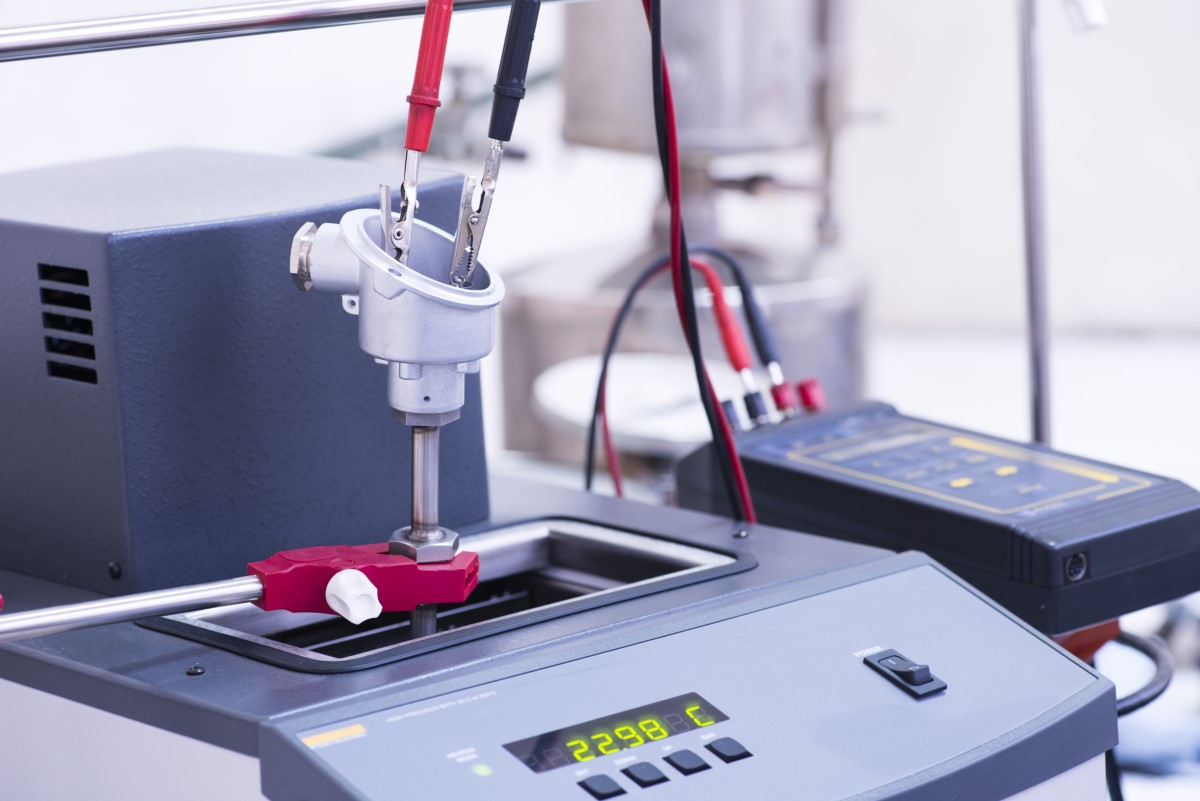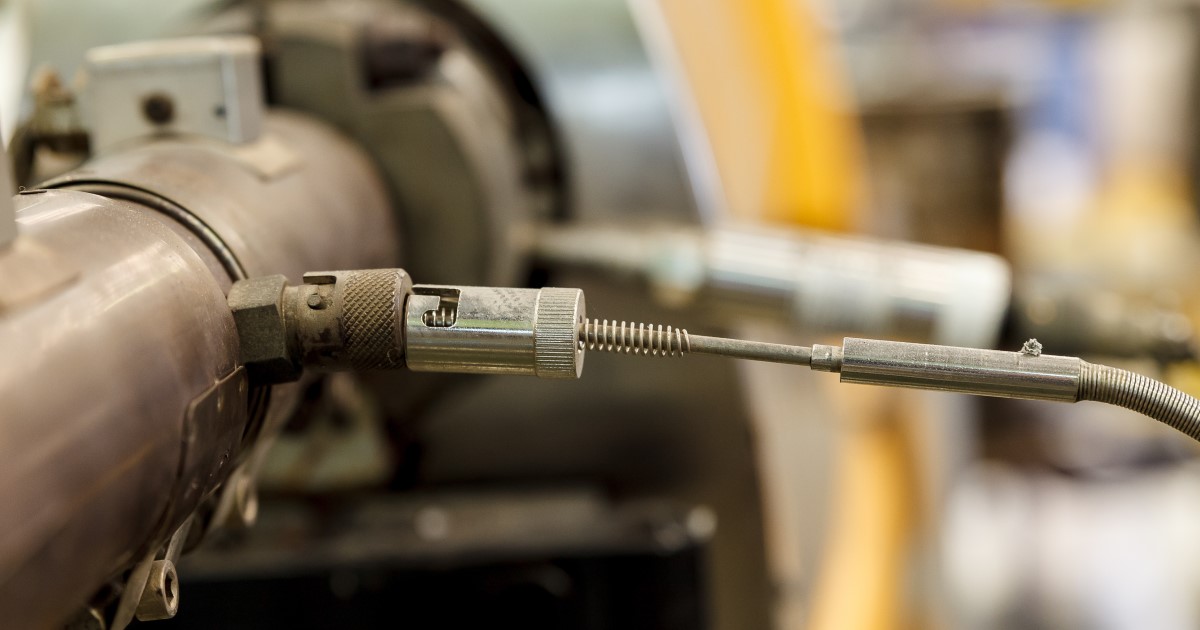Temperature Sensors: Thermocouples vs. RTDs
Thermocouples and RTDs are two types of temperature sensors that are used in a variety of applications. However, the differences in their designs often lead to one being better suited than the other for a certain application or situation.
Here, we will highlight the differences between Thermocouples and RTDs and look at some common factors that go into making the decision between using one or the other.
How do Thermocouples and RTDs Work?
Thermocouples – A thermocouple basically consists of two dissimilar metals welded together at one end. Due to the thermoelectric effect, a voltage is created at this junction, which can be measured and correlated back to temperature.
RTDs – A resistance temperature device, or RTD, is commonly made by wrapping platinum wire around a ceramic core, although there are other constructions that are used. The electrical resistance of this device is known and changes known amounts with fluctuations in temperature.

Factors to consider when deciding between a Thermocouple or RTD:
Temperature
Thermocouples are able to withstand higher temperatures than RTDs. If the sensor will be exposed to temperatures above 1110°F, a thermocouple will need to be used. For lower temperatures, other factors will need to be considered.
Accuracy
RTDs provide a higher degree of accuracy as compared to thermocouples, especially at lower temperature ranges. Accuracies can range from +/- 0.03°C through +/- 0.3°C for RTDs, and are typically about +/- 2.2°C for thermocouples. RTDs also show higher sensitivity, linearity and stability.
Response Time
If the application requires a quick response to temperature change, a thermocouple will be the better option. A grounded thermocouple can provide response almost three times quicker than an RTD.
Cost
RTDs are typically more expensive than thermocouples. An RTD can be two to three times more expensive than a thermocouple for the same style and temperature.
Summary:
A thermocouple is an economical option for a temperature sensor, especially when dealing with high temperatures or if fast response times are desired. However, if high accuracy and stability are more important to the application, an RTD might be the better option.
If you have any questions, feel free to send us an inquiry online or call us at 1-800-234-3033 and we will make sure to get back to you as soon as possible.
REF: Reotemp.com, Ellab.com, and Omega.com

